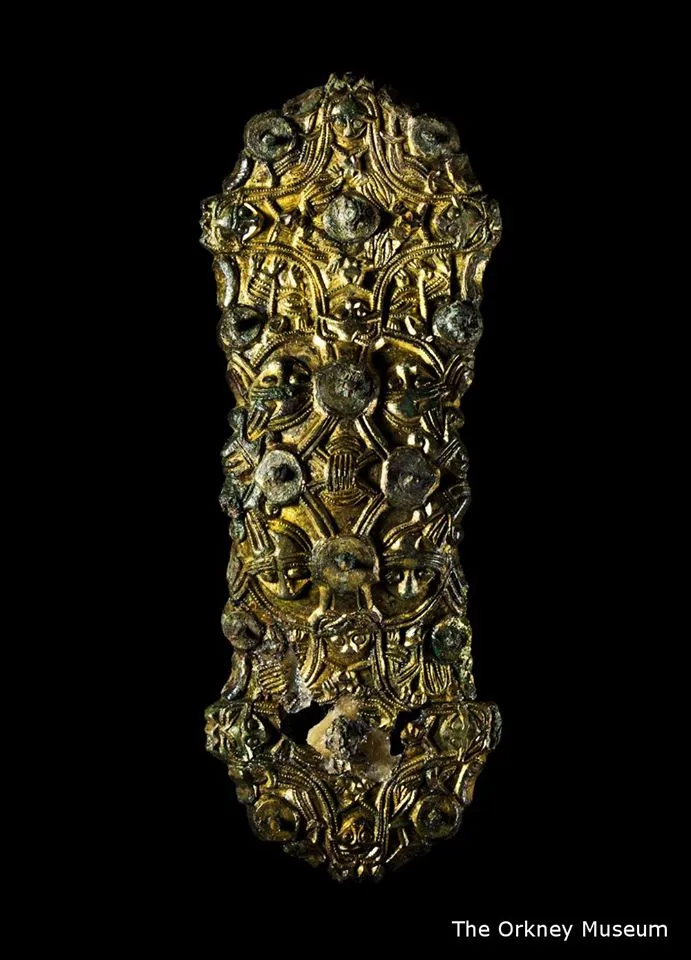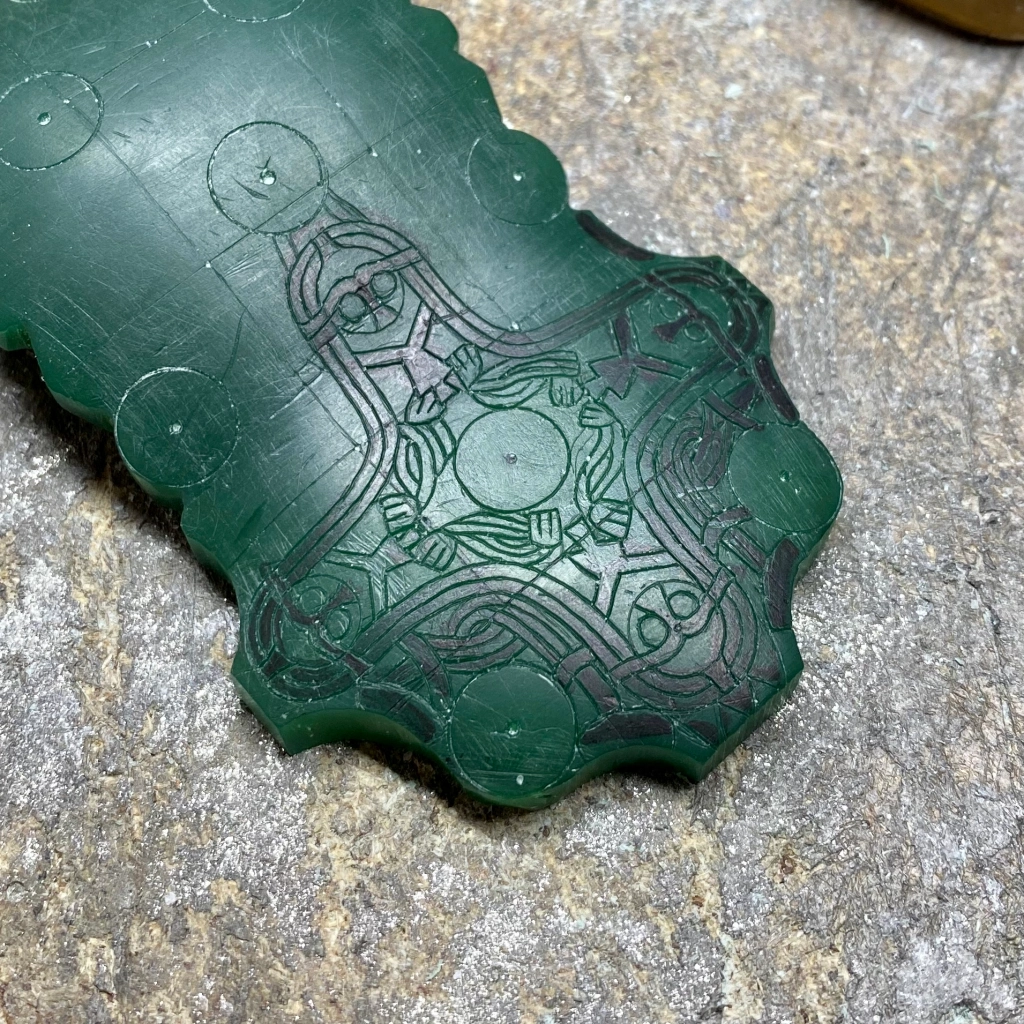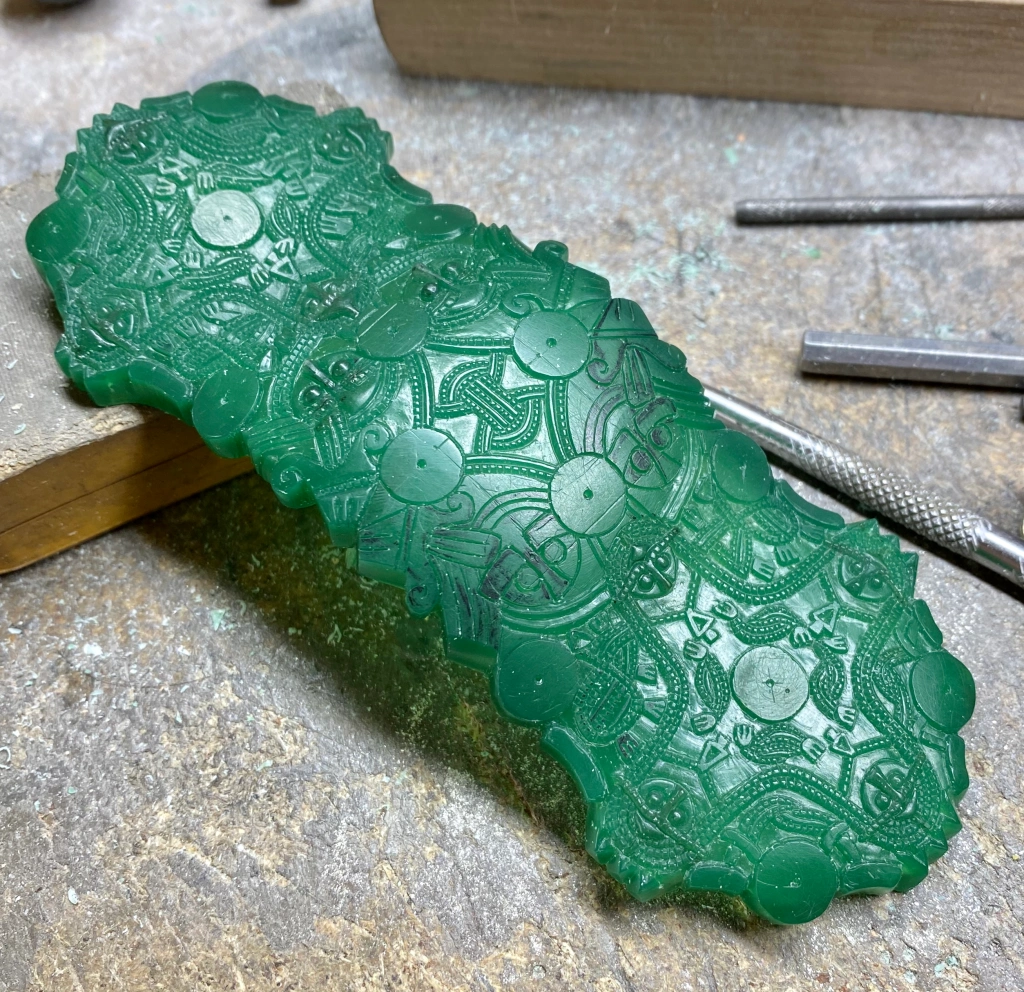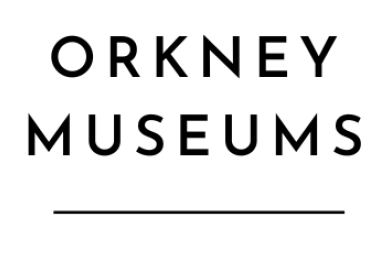Making the Scar Viking Age Brooch – a replica by Jan Bana

One of the star items in the Orkney Museum’s Viking Gallery is the Scar brooch, found in a boat burial on the island of Sanday (see previous blog). There will be more about the Viking brooch in a later blog, but meanwhile let us marvel at the beauty of this piece of Viking bling when it was shiny and new and see how it was made, thanks to the talents of silversmith Jan Bana of Storrvara. Below is an account of its making in photos and text supplied by Jan. The Orkney Museum is very grateful to him for supplying them.

My name is Jan. I come from the Czech Republic and I am a member of Czech living history group Skjaldborg. The group focuses on the so called Viking era (Northern Europe 8th-11th century), recreating items of everyday use and building a small camp site on our very own meadow.
Our love for viking culture affects us also in “real” life and several members of our group have already started their specific craft as a part/full time job.
I would be the group´s silversmith. It is interesting to cast bronze and silver in the camp site using charcoal, clay moulds and bellows but to offer the highest quality I co-operate with a professional silver casting studio here in Dublin.

I use the usual jeweller’s wax – Ferris, this is a medium hard wax. Most of the tools I use for carving are a bit modified ordinary sculpting tools for clay. Then files and sandpapers.
The worst part of every job is getting usable photos – that means big enough for me to see the details. Then the dimensions. If I have good quality photos and exact measurements it’s all easy then. [Images were supplied by Gail Drinkall, Curator at the Orkney Museum.]



I don’t really like cutting the block and then shaping it into the basic shape. But once this is done, I can finally get to the fun part – carving the details! I am a bit weird in this (to my advantage, I suppose) as I find this work very exciting and relaxing at the same time.


The vast majority of people who see my work say that they would never have the patience to do it and I tell them that I never have enough time to work (father at home during the day) otherwise I could sit at it till my eyes bleed, hee hee!





After all the carving is done, I hand the wax to the casting company here in Dublin – I cannot do my own casting yet. And if it goes well (there is always a risk a wax will miscast), I get back a cast piece with all the sprues. Those need to be cut off and the whole piece needs to be polished all over several times going from coarse sandpaper all the way to a fine polishing wheel that gives the surface a mirror finish.



